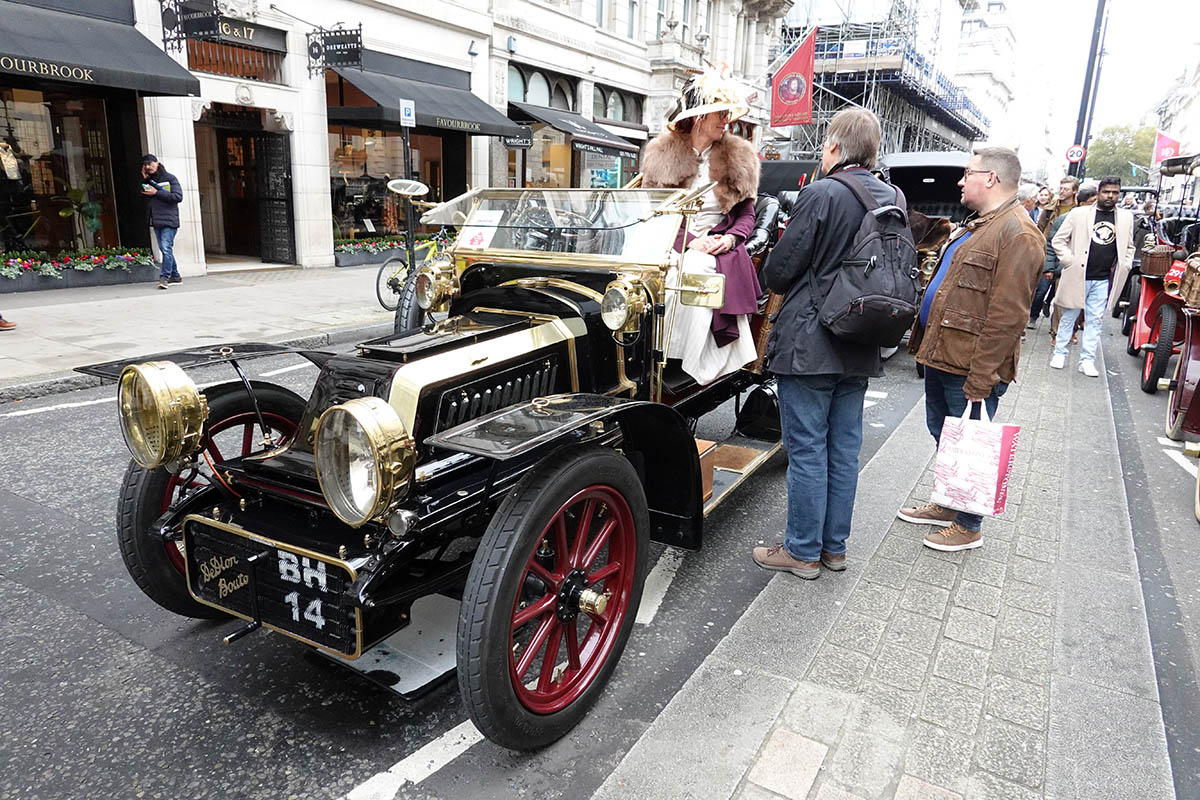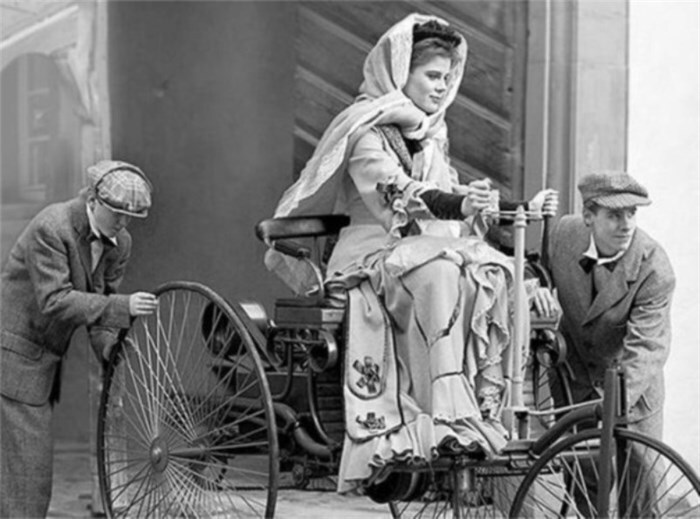While the morning lectures at the Royal Automobile Club during London Motor Week are primarily concerned with the future of the car, the afternoon is reserved for a delve back into the past, with a series of talks about the dawn of motoring.
De Dion Bouton
First up was Michael Edwards of the Veteran Car Club, who talked about the lingering death of De Dion Bouton, a highly regarded French car from the early 20th century.
They were extremely successful from 1895 and began to decline from around 1904, following a number of ill-advised changes.
They began by making steam boilers in 1882 and made their first single cylinder motor in 1895, going on to produce their first V8 in 1908. By 1909, they had a full range of cars and went on to produce their last car in 1931. From there, they went on to build rail cars and diesel engines, until eventually, the rights to the name were sold in 1953, marking the end of one of the great names from the early motoring scene.
The founders were Georges Bouton, who was a designer with no formal technical qualifications. He teamed up with Comte de Dion, a bon vivant who had an amateur’s interest in engineering.
Their strategy was to produce small, lightweight cars using externally sourced components. They licenced their designs worldwide and in fact up to 80% of tricycles produced during this period were De Dion designs.
Their engines were advanced and used a mix of air and water cooling. They were early users of electric ignition and aluminium crankcases and by 1900 had produced 7,000 engines, possibly more than anyone else in the world.

1902 saw them introduce a range of front engined cars all using the same chassis, engine, gearbox and axle, an early form of platform sharing. With minimal investment and a simple but reliable design, they did well.
Two years later, there was much more choice in the market with local manufacturers being joined by interlopers from the United States. With more choice, cars became more of a fashion statement so the need for constant updates entered the market and more funding was needed to accommodate this.
In the period from 1905-1907, De Dion introduced up to 21 new designs with a range of two and four cylinder engines but although the model range increased from three to nine distinct models, production numbers weren’t increasing at all. There were no economies of scale any more and De Dion were not good at retiring old product, keeping older models in production in an essentially hand made factory environment.
None of this was good for profitability and it was the beginning of the end for this proud French marque.
Pioneering Women
Debbie Land then talked about pioneering women in the late 19th century into the 20th, when motoring was in its infancy.

Of course, one of the first mentioned was Bertha Benz, Karl’s wife, who left her home at Forzheim on 5th August 1888 in Karl Benz’s first car. She drove with her children to visit her parents 60 miles away. With no paved roads or garages, she had to find fuel where she could and fashion a number of repairs but it proved how useful a car could be. After a visit of a few days, she also made the return journey, paving the way for millions after her.
Minnie Palmer was the first woman owner/driver in the UK, starting her motoring career in 1898. Across the channel, Ann, Duchess of Uzes was the first French woman to gain a licence and also the first to get a speeding ticket.
Ladies were also taking part in motorsport events in these early years with Helene van Zuylen among the first in 1898. Camille du Gast was active around 1910 until her daughter tried to assassinate her and I’m sure there’s a great story there. Of course, Dorothy Levitt, another early pioneer was inextricably linked with Napier.
A number of inventions were also developed, with Margaret Wilcox developing the first car heater in 1893. Mary Anderson invented windscreen wipers in 1903 and Charlotte Bridgewater invented the automatic transmission, which is now taking over from manual gearboxes in the new car market.
Part one of these lectures is posted here.









